On the spot: the treadmill of your dreams
By Sonia Mendes
Notice a correlation between the rapidly-dropping temperature and your dwindling desire to train outdoors? You’re not alone. As we head into the heart of winter, it doesn’t always feel like a wonderland from the runner’s perspective. And while the hard-core runners among us aren’t fazed by the biting winds, snow and icy conditions, it’s simply not always feasible to train outside.
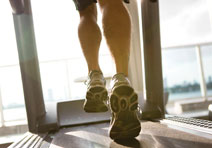 The treadmill offers up the ideal, indoor alternative, but choosing the right one can seem daunting. After all, nobody wants to fork over a pile of hard-earned cash for the wrong piece of equipment; that just makes for a space-sucking, dust-gathering clothes rack. So before you buy, do your homework – or better yet, let us do your homework for you.
The treadmill offers up the ideal, indoor alternative, but choosing the right one can seem daunting. After all, nobody wants to fork over a pile of hard-earned cash for the wrong piece of equipment; that just makes for a space-sucking, dust-gathering clothes rack. So before you buy, do your homework – or better yet, let us do your homework for you.
Cushioning
One of the advantages offered by a well-built treadmill is a cushioning system, which can significantly reduce the impact on your joints compared with road running. To determine the level of cushioning you need, consider what type of running you’ll be doing. “If your training will include lots of distance, speed work, intervals or hills you may want to consider more cushioning,” advises Marla Brillinger, president and co-owner of Body & Soul, a personal training and lifestyle center located in Vancouver. Some treadmills even offer an adjustable cushioning system, so different users can choose the deck firmness/softness they like best.
Price
When push comes to shove, the price tag may play a big factor in determining which treadmill you choose. But like anything else, the pricing varies greatly. And while you can probably find an entry-level treadmill that comes in just under the $1,000 mark, keep that wise, old adage, ‘You get what you pay for,’ in the back of your mind. “Don’t go cheap,” says Brillinger. “At the same time, you don’t usually need a commercial-grade model either.” Top-end treadmills can run you up to $3,000 or more, so you’ll need to decide what price range is realistic for you.
Tread belt (Running Surface)
Most treadmills on the market today offer two-ply tread belts, ranging in size between 14-24” wide and between 45-63” long. If you’re planning to do the majority of your training on the treadmill, you’ll want a larger belt – nothing smaller than 18” wide and 55” long.
Keep in mind that while a treadmill with a smaller belt might have a pleasingly small price tag, if the tread belt is undersized you will find yourself hitting your feet on the front or sides of the machine or even tripping – neither of which are terribly conducive to a good workout.
Programmable features
Before you shop, put some thought into what sort of features you require during your workout. Do you need a heart rate monitor? What about built-in programs, such as hill training and intervals? Is having a speed decline feature important to you? “People often get swayed by all the fancy bells and whistles,” cautions Brillinger. “But do you really want or need all of that?”
Horsepower
The treadmill motor, which delivers power to the tread belt system, usually falls in the range of 1.5 to 3.0 horsepower. But here comes the age-old question: does size really matter?
The answer is yes – and no. Bigger does not necessarily mean better – some manufacturers use bigger motors to power their treadmills because they have a poorly-designed tread belt and need a bigger motor to power it. That said, you’ll want to find a treadmill that offers at least two horsepower – anything less and you could have mechanical problems due to overheating or motor stress.
Continuous or Peak Duty Motor?
While you shop, you might find your head swimming with treadmill terminology, such as motor ratings that are continuous or peak duty. Fear not – these are actually terms that are thrown around interchangeably, and there’s no standardized motor rating in the industry (bottom line: don’t worry about it).Notice a correlation between the rapidly-dropping temperature and your dwindling desire to train outdoors? You’re not alone. As we head into the heart of winter, it doesn’t always feel like a wonderland from the runner’s perspective. And while the hard-core runners among us aren’t fazed by the biting winds, snow and icy conditions, it’s simply not always feasible to train outside.
The treadmill offers up the ideal, indoor alternative, but choosing the right one can seem daunting. After all, nobody wants to fork over a pile of hard-earned cash for the wrong piece of equipment; that just makes for a space-sucking, dust-gathering clothes rack. So before you buy, do your homework –
or better yet, let us do your homework for you.
[Originally appeared in the January 2010 issue]






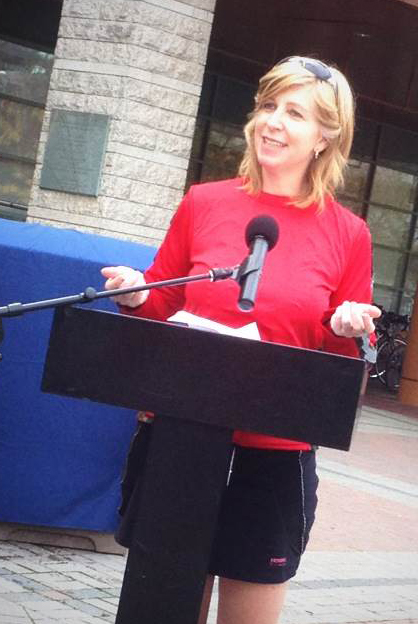
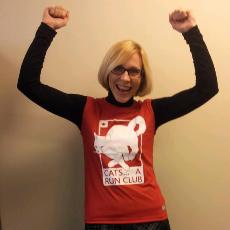
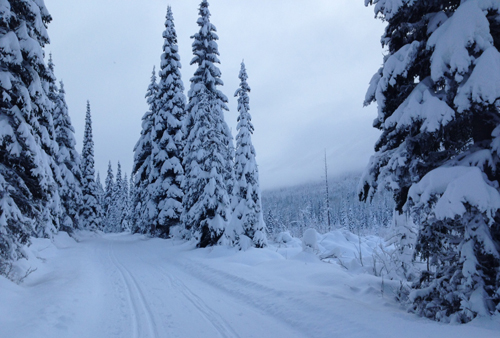
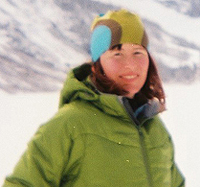 Born in Nova Scotia and emigrating to British Columbia via Ontario and Alberta, Magi has been running the entire way. Primarily defined as a cross country ski racer, Magi has competed nationally and internationally in that sport. The highlight of her career was competing in the World University Games and the World Cup races in Canada in 2007. Cross country skiers rely heavily on running for cross training and Magi has become an accomplished trail and mountain runner, representing Canada at the World Mountain Running Championships in 2005 and the winning numerous national championships medals.
Born in Nova Scotia and emigrating to British Columbia via Ontario and Alberta, Magi has been running the entire way. Primarily defined as a cross country ski racer, Magi has competed nationally and internationally in that sport. The highlight of her career was competing in the World University Games and the World Cup races in Canada in 2007. Cross country skiers rely heavily on running for cross training and Magi has become an accomplished trail and mountain runner, representing Canada at the World Mountain Running Championships in 2005 and the winning numerous national championships medals. 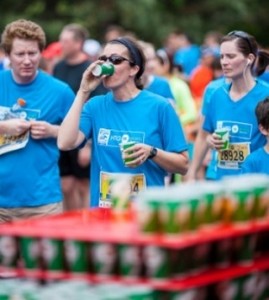


 Angela is an avid runner, fitness instructor, foodie, healthy living blogger, and owner of her business, Spin 360 Health Coaching. Having been overweight, unhappy and insecure as a teenager, Angela took control, changed her unhealthy habits, and adopted a clean eating lifestyle that she continues to maintain today. Her goal is to support, inspire, and motivate others to improve their health and be their best.
Angela is an avid runner, fitness instructor, foodie, healthy living blogger, and owner of her business, Spin 360 Health Coaching. Having been overweight, unhappy and insecure as a teenager, Angela took control, changed her unhealthy habits, and adopted a clean eating lifestyle that she continues to maintain today. Her goal is to support, inspire, and motivate others to improve their health and be their best.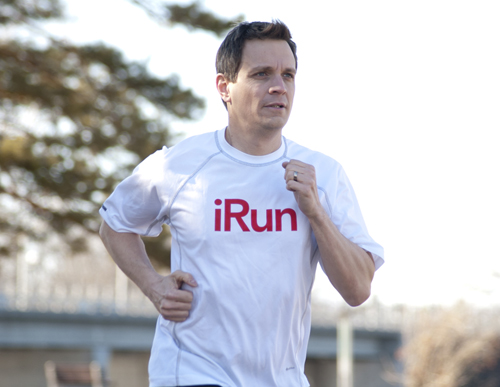
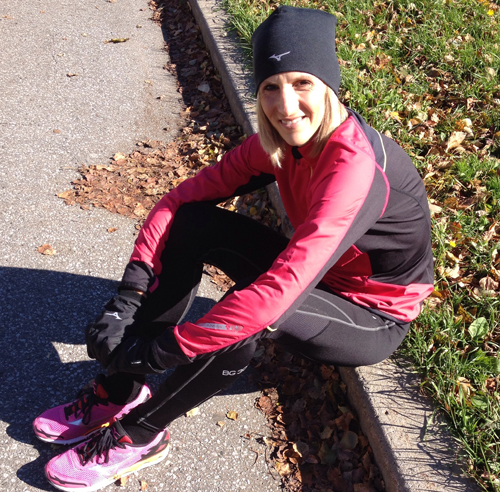
 Elise is a long time competitive amateur triathlete and Physiotherapist with 20+ years experience treating runners and athletes of all kinds. She also has an online coaching business for runners and triathletes looking to reach that next distance goal or PB. She is very passionate about biomechanics in running and does gait analysis and shoe recommendations as part of her practice. Elise also has a self admitted running shoe and apparel fetish. She is mom to an active 10 year old girl and is married to a man who also runs and races.
Elise is a long time competitive amateur triathlete and Physiotherapist with 20+ years experience treating runners and athletes of all kinds. She also has an online coaching business for runners and triathletes looking to reach that next distance goal or PB. She is very passionate about biomechanics in running and does gait analysis and shoe recommendations as part of her practice. Elise also has a self admitted running shoe and apparel fetish. She is mom to an active 10 year old girl and is married to a man who also runs and races. Our Magazine
Our Magazine
